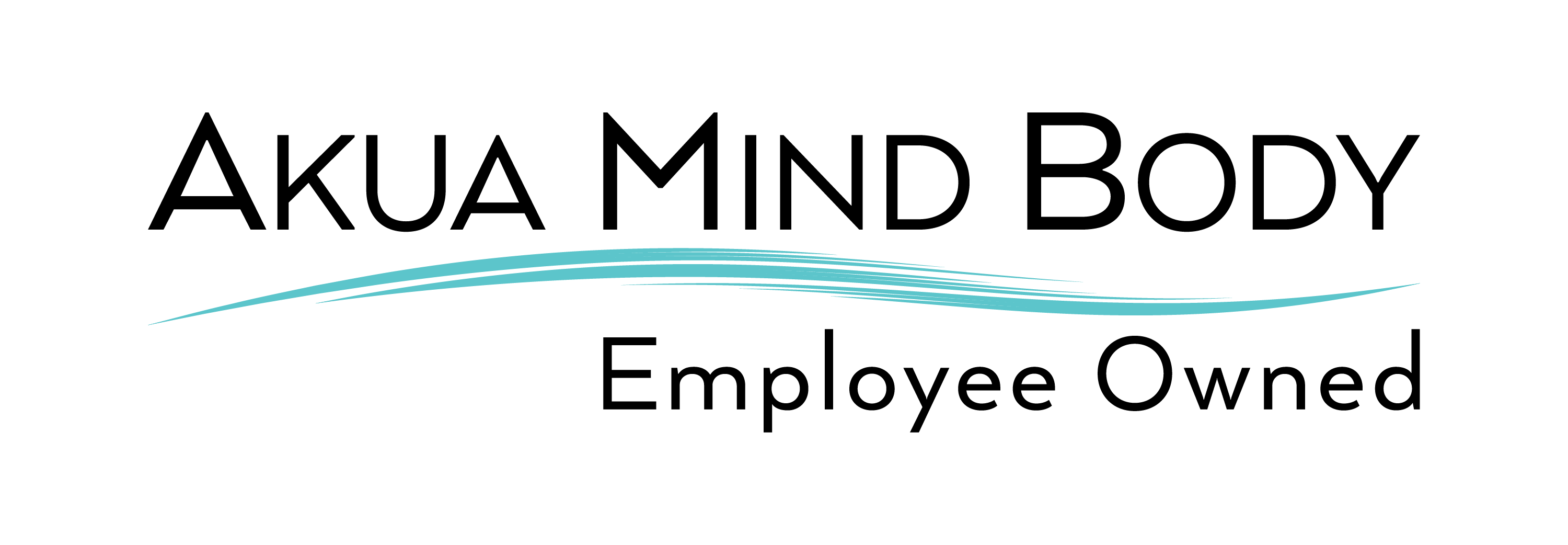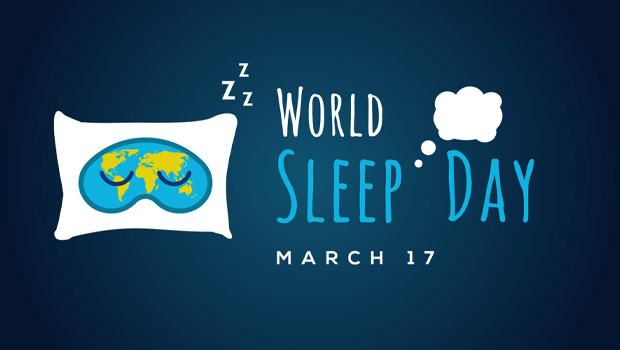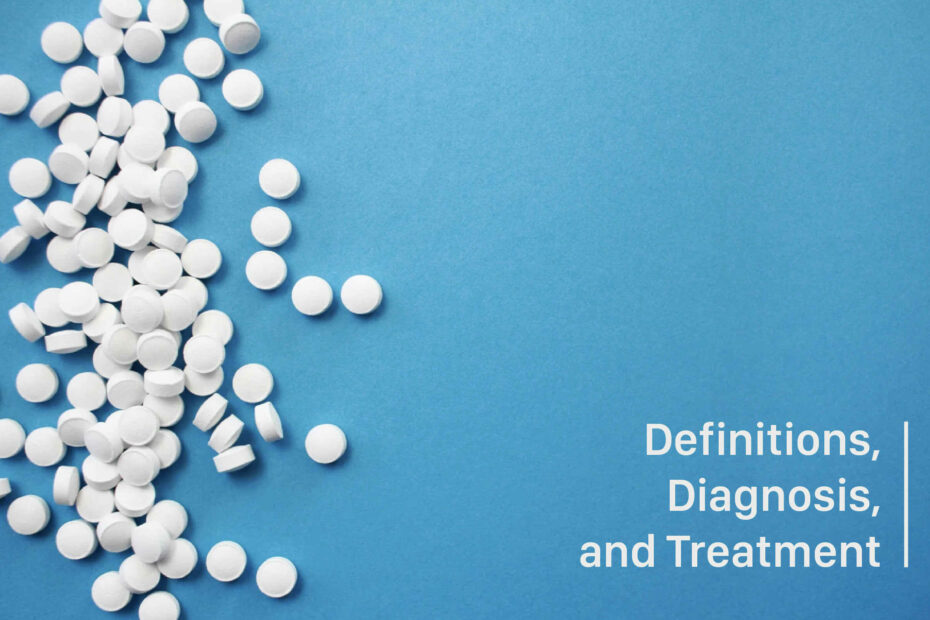According to the Centers for Disease Control and Prevention (CDC), for the 12 months ending in April 2021, there were over 100,000 overdose deaths, an increase of 28.5 percent over 2020 levels. Often lost in the understandable concern about these fatalities are millions of chronic pain patients who cannot get adequate pain relief.
What are opioids
Opioids are naturally occurring painkillers made from the opium poppy plant but also can be made in laboratories and used as prescription painkillers for specific disorders associated with acute and chronic pain. In general, opioids are prescribed for post-operative pain, chronic pain disorders, cancer-related pain, and acute pain in emergency settings. Some pain-related disorders and symptoms are treated best with opioids, while other pain disorders are best treated with non-opioid medications. Knowing and understanding the difference is crucial not only for pain relief in patients but for curbing devastating unwanted side effects that occur when pain is not adequately treated. Opioids are often deemed as “bad” by society because of their high addiction potential and devastating overdose rate. Still, when opioids are prescribed and taken appropriately, they can benefit patients who need them.
The start of the opioid epidemic
In the 1990s, pharmaceutical companies, insurance companies, and pain doctors endorsed opioids as pain relievers for many common conditions, including chronic pain conditions such as arthritis. They stated that opioids were safe to use and did not have high addiction potential. This led to an increased surge in opioid prescriptions which caused a massive increase in overdose rates in the United States. From 1999 to 2017, opioid-related overdose deaths increased nearly sixfold.
2016 CDC opioid guidelines
In an attempt to curb the opioid overdose crisis, the CDC released a set of guidelines in 2016 to limit the number of opioids prescribed by recommending specific guidelines. The CDC urged healthcare providers to explore other options before prescribing opioids, and if healthcare providers choose to prescribe opioids, they should do so more strictly. The CDC proposed a 3-day limit for opioids prescriptions if doctors decide to prescribe opioid medications for acute pain. The CDC also recommended that opioids be prescribed in the lowest possible effective dose to treat acute and chronic pain.
Although these recommendations were voluntary, many local governments and medical practices implemented these guidelines. Over 30 states followed the CDC guidelines by enacting laws limiting prescribing opioids, further deterring physicians from prescribing opioids, even for responsible patients in great distress. This left many patients with severe and legitimate pain untreated, and this also created another type of epidemic, illegal opioids. The opioid crisis continued despite these strict guidelines because patients in legitimate pain could no longer obtain enough relief from the limited opioid prescriptions. And as a result, they turned to purchasing fentanyl and heroin off the street.
Turning to synthetic illegal opioids
The 2016 CDC guidelines resulted in a drastic decrease in opioid prescriptions, which on paper, looked good. Still, it resulted in many individuals turning to illegal opioids and having nowhere to go for help when they were faced with opioid addiction. In fact, from 2012 to 2021, overdose deaths soared from 41,000 to 100,000, with most deaths now resulting from illegal synthetic opioids, fentanyl, and its analogs.
As a reaction to the 2016 guidelines, many physicians were worried they would face lawsuits or disciplinary actions if they continued to prescribe opioids. They began tapering patients off of opioids which created many harmful complications such as withdrawal, relapse resulting in overdose and increasing mental health disorders and suicide. Unless physicians are trained in pain management or addiction rehab, tapering opioids is not recommended.
Newly proposed CDC guidelines for opioid use
In 2019, the US Food and Drug Administration issued a warning about the dangers associated with opioid tapering. In 2020, the American Medical Association (AMA) recommended that physicians immediately suspend the use of the CDC guideline to limit, discontinue, or taper a patient’s opioids.
The new guidelines, released in July of 2021, aim to balance the necessary use of opioids for patients with severe pain while limiting the potential for abuse and overdose. The 12 recommendations proposed in the 229-page document change the “one-size fits all approach” to individualized assessments that take multiple factors such as physical examination, pain threshold, medical history, patient response to treatment, and collaboration from numerous healthcare professionals. Physicians are being urged to look at each patient’s situation and assess the risk and benefits of prescribing opioids for chronic, sub-acute, and acute pain.
Overall, the CDC still recommends that non-opioid pain therapies be attempted before starting opioids, except in some instances such as end-of-life care, cancer-related pain, traumatic crush injuries and burns, and sickle cell crisis. In addition, the CDC removed the 90-milligram ceiling of morphine for chronic pain patients and the three-day limit for acute pain. Finally, the CDC recommended starting low and going slow when starting an opioid medication for opioid-naive patients and being aware of any opioid intoxication side effects.
The CDC also noted that patients who test positive for illicit substances could have untreated pain or a substance use disorder and therefore should be evaluated and offered treatment and counseling instead of being disciplined or cut off from opioid treatment.
About AKUA Mind and Body
AKUA Mind and Body is a full-service treatment center that provides residential treatment, partial hospitalization, intensive outpatient treatment, outpatient treatment, and virtual treatment to both men and women struggling with a substance use disorder, dependency, a mental health disorder, or both (co-occurring disorder). AKUA Mind and Body provides compassionate, evidence-based treatment to all individuals and families. We combine evidence-based medications and psychotherapy approaches with holistic therapies such as meditation, yoga, and equine therapy, as we believe in treating the mind, body, and spirit.
Our clinical staff and ancillary treatment teams take great pride in the care that we provide to our clients and their families. From intake to discharge, we believe in treating the client as an individual and not just treating the disorder. As a result, we provide individualized treatment plans for every client. We offer our treatment services across many locations in California, including Orange County, Newport Beach, San Diego, and Sacramento.




